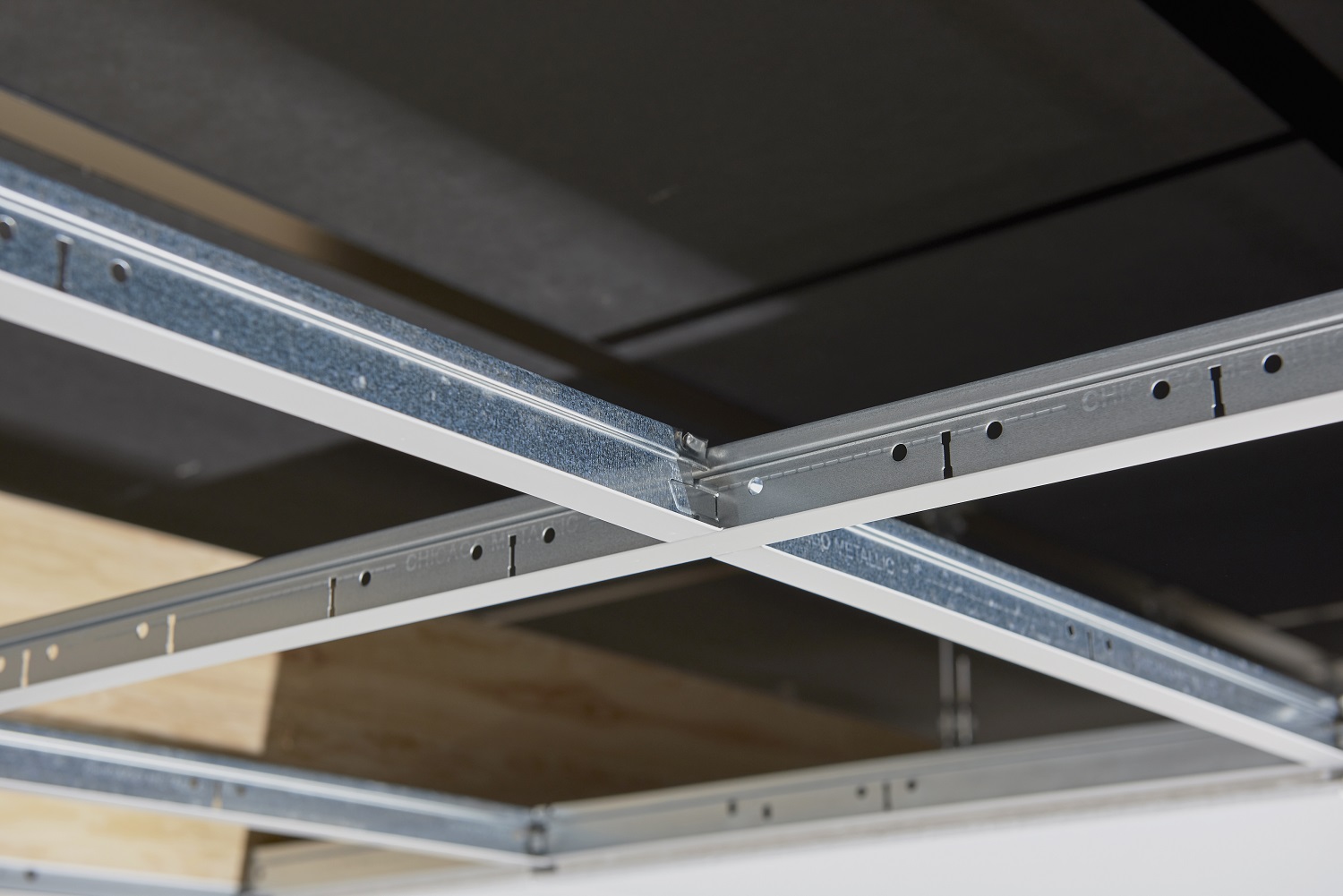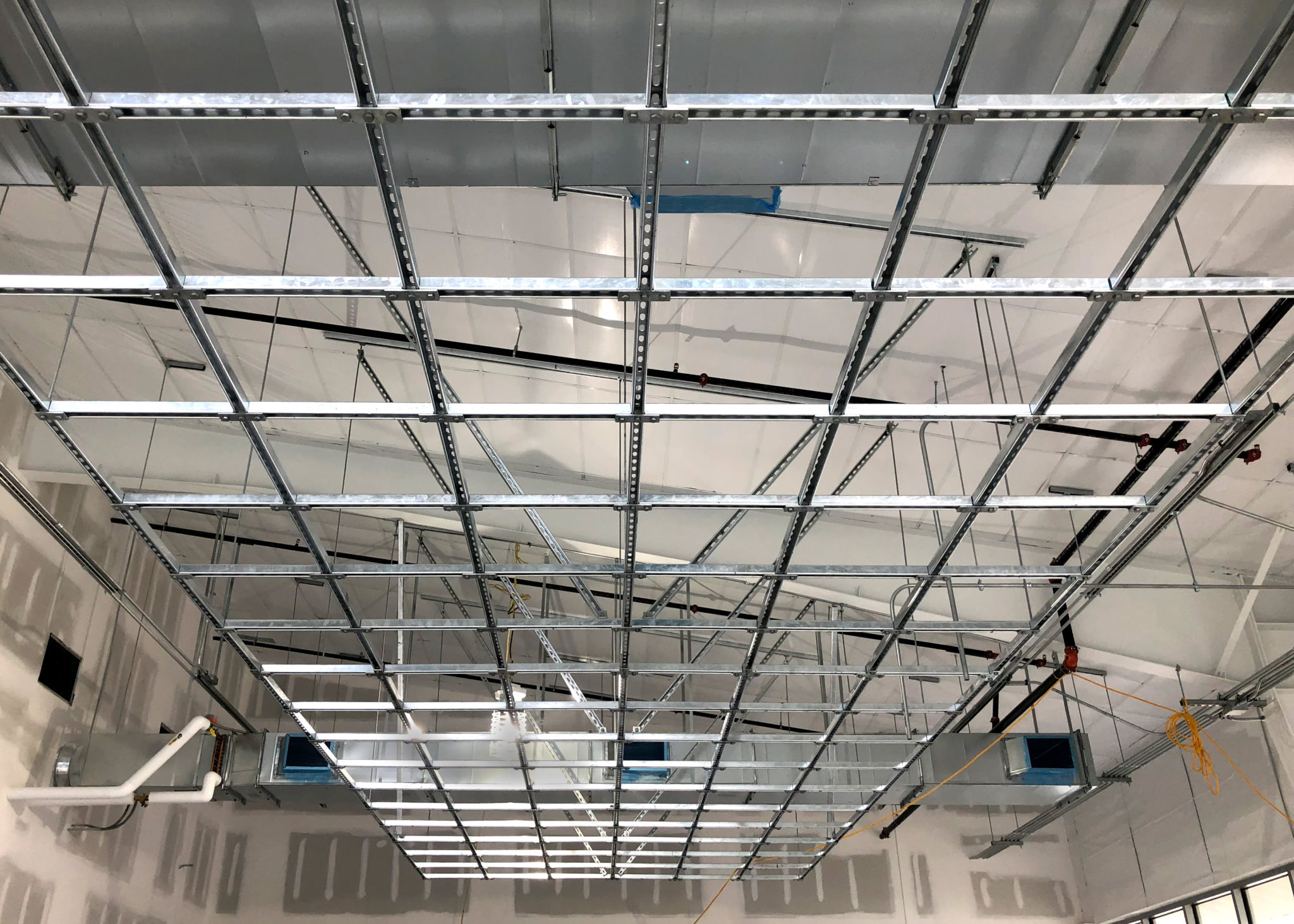PRANCE metalwork is a leading manufacturer of metal ceiling and facade systems.
A Step-by-Step Guide to Metal Stud Ceiling Framing for Commercial Projects
Commercial buildings have mostly turned to metal stud ceiling framing due to its strength and accuracy. This approach's durability, fire resistance, and adaptability help offices, hospitals, hotels, and other commercial environments to use it worldwide. But building a well-framed ceiling with metal studs calls for exact design and execution. Whether your position is building owner, designer, or contractor, thorough knowledge of the process will help to guarantee a good result. This manual offers precise, detailed walk-through guidance on successfully applying metal stud ceiling framing in commercial buildings.
Understand the Purpose and Requirements of the Project

Examining the project criteria and the ceiling's intended use is essential before digging into the installation.
- Determine the Functionality: Consider whether the ceiling will hide support lighting, ducts, or acoustics. Integration with HVAC, fire sprinklers, and electrical systems is sometimes required in commercial spaces.
- Load-Bearing Needs: Calculate the weight of security cameras, speakers, and lights—among the fixtures the ceiling will hold.
- Compliance with building codes: Learn about local building rules to guarantee the construction follows safety guidelines.
Benefits of Metal Stud Ceiling Framing in Commercial Spaces
Durability
Fire Resistance
Versatility
Sustainability
A Step-by-Step Guide to Framing a Ceiling with Metal Studs
1. Gather Necessary Tools and Materials
A well-kept workstation makes framing easier. The following is a checklist:
Tools:
- Metal cutting saws or snips
- Drill or a screw gun
- Either a chalk line or laser level.
- Tape ruler
- Bob plumb
- Utility knife:
- Personal protective tools (PPE)
Materials:
- Metal Studs: Based on project requirements, pick from aluminum or galvanized steel studs.
- Track channels: Make sure the studs fit for a strong construction.
- Fasteners: Use appropriate screws designed for metal framing.
For ceilings calling for a suspended framework, use suspension wires.
2. Plan the Ceiling Layout
Comprehensive preparation guarantees precision and helps to avoid installation mistakes.
- Ceiling Height: Use a laser level to mark the desired ceiling height on all walls.
- Gridlines: Draw gridlines on the existing ceiling or walls to indicate the placement of studs and tracks.
- Fixture Placement: Map out locations for HVAC vents, light fixtures, and other installations to avoid interference during framing.
3. Install Perimeter Tracks
The basis of your ceiling system is perimeter tracks.
- Mark the Track Position: Use the laser level or chalk line to mark the location for the perimeter tracks.
- Cut Tracks to Size: Cut the tracks with a metal cutting saw for exact fitting.
- Fix Tracks to Walls: Using suitable screws or anchors, secure the tracks to the wall. Make sure they level to avoid misalignment.
4. Position and Secure Ceiling Hangers
The metal stud framework that supports suspended ceilings depends mostly on hangers.
- Locate Suspension Points: See your layout to determine where hangers should be placed. Verify spacing follows manufacturer recommendations and construction codes.
- Install Suspension Wires: Where necessary, drill holes in the ceiling and fasten suspended wires with anchors.
- Adjust Wire Lengths: To maintain a level ceiling plane, ensure all wires hang at the same height.
5. Assemble and Install Main Runners
The primary structural components for the ceiling framework are the main runners.
- Cut Main Runners to Length: Cut main runners to length using a utility knife or saw for exact measurements.
- Fix Runners to Hangers: Ensure the runners stay level by fastening them to the suspension wires. For accuracy, use a plumb bob or laser level.
- Space Runners Correctly: To properly support cross-teys, keep a constant distance as the design pattern advises.
6. Add Cross-Tees to Create a Grid
Complementing the grid structure, cross-tees support ceiling panels.
- Cut Cross-Tees to Size: Measure and cut cross-tees to match the main runners precisely.
- Snap Cross-Tees into Place: Most metal studs feature interlocking designs for easy installation. Check every link for security.
- Double-Check Alignment: Check that the grid stays level and matches your initial layout marks.
7. Integrate Openings for Fixtures and Utilities
Many times, commercial ceilings feature several services and fixtures.
- Create Openings in the Grid: Form apertures as needed with a metal cutting saw.
- Reinforce Openings: For extra stability, frame around the edges of big holes.
- Plan for Access Panels: In places needing constant repair, include easily accessible panels without sacrificing the structural integrity.
8. Inspect and Secure the Framework
One guarantees alignment and longevity by careful inspection.
- Check for Levelness: Verify the ceiling is consistently level over the whole space using a laser level.
- Tighten All Connections: Tighten all screws and fasteners to make sure no component is free.
- Reinforce Critical Areas: Pay close attention to load-bearing parts and regions, including large fixtures.
9. Finalize the Ceiling Installation

The ceiling is ready for the last touches once the framing is finished.
- Attach Ceiling Panels: Install, following project guidelines, metallic ceiling panels or tiles within the grid.
- Secure Fixtures: Mount lights, air vents, and other utilities where they belong.
- Conduct a Final Inspection: Review the ceiling area for any missed connections or corrections.
Conclusion
Offering unparalleled durability and adaptability, metal stud ceiling framing is a dependable alternative for commercial applications. Following the advice in this book will help you build a strong and compliant structure for any business space. Success in building a hotel lobby, an office, or a hospital corridor depends on accuracy and foresight. Work with PRANCE Metalwork Building Material Co. Ltd. to guarantee your next project satisfies the highest criteria for premium materials and professional advice.
Enhance your commercial construction projects with superior materials from PRANCE Metalwork Building Material Co. Ltd. Visit their website today for top-notch solutions.
5 FAQ about Metal Stud Ceiling Framing
1. How do I calculate the necessary materials for framing a ceiling with metal studs?
A metal stud ceiling framing calculator can assist by factoring in ceiling dimensions, stud spacing, and the type of materials required. Ensure your project meets local building codes, and always overestimate material needs to avoid shortages during installation.
2. Can I use metal stud ceiling framing for a drop ceiling installation?
Yes, metal stud framing for drop ceilings is common and effective. The grid created by metal studs supports ceiling tiles securely, while ensuring easy access to HVAC, lighting, and electrical systems without compromising aesthetics.
3. What are the benefits of using metal stud ceiling framing in commercial buildings?
Metal stud ceiling framing is known for its fire resistance, durability, and ability to withstand moisture. Ideal for commercial spaces, it helps provide long-lasting support, and its lightweight construction simplifies installation while enhancing structural stability.
4. How do I ensure proper alignment when framing a ceiling with metal studs?
Accurate layout planning and the use of tools like laser levels or plumb bobs are key when framing a ceiling with metal studs. Ensuring the perimeter tracks and suspension points are level is crucial for maintaining the integrity of the ceiling grid.
5. What are common applications for metal stud ceiling framing in commercial spaces?
Metal stud ceiling framing is widely used in commercial spaces such as office buildings, hospitals, and hotels. It supports lighting, HVAC, and fire safety systems while providing durability in high-traffic areas, making it a reliable choice for diverse construction needs.




















